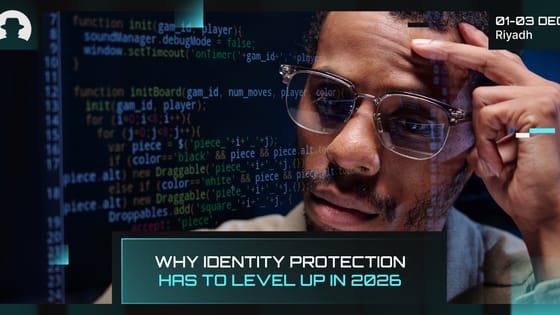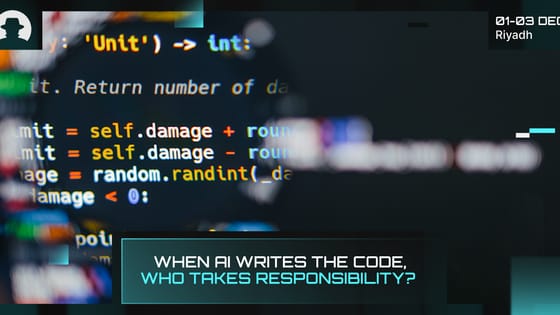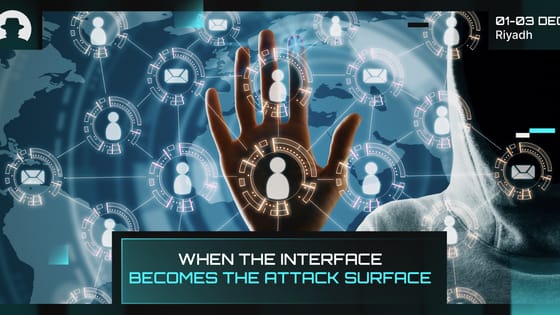
Why identity protection has to level up in 2026
Identity fraud in 2026 is AI-driven, industrial and costly. Learn how deepfakes, fraud rings and new cyber insurance rules are changing identity protection.
Read More
Something you know, something you have, something you are. MFA has been the safety net of enterprise access controls for years now; but that safety net is beginning to tear.
Portnox just released its new survey of 200 US CISOs at companies with over $500 million in annual revenue. And 96% of them said MFA can’t keep up with today’s evolving threats; while 98% said it doesn’t sufficiently protect employees.
The attacks bear this out. CISOs cited MFA fatigue (push bombing), SIM-swap fraud, and OTP interception among the techniques eroding trust in traditional factors.
As Denny LeCompte (CEO at Portnox) said in a press release:
“MFA, while better than nothing, is a threat mitigation tool.”
And now, he added, we need to move beyond that mitigation and reduce the attack surface for criminals by removing passwords entirely. The fix will come from changing the trust model; not from layering more factors.
When we asked Umer Khan (Chief Information Officer and Senior Vice President of Software Engineering at Relativity Space) about the power of passwordless authentication, he said:
“Passwords... seriously... suck! Because they are transmitted across the network and stored in some sort of file or database (even though they may be hashed and possibly even salted), there are many ways in which they can be exploited. They can be guessed, intercepted, phished, cracked, or stolen.”
And he noted that “In recent years, MFA is commonly and easily bypassed. Attackers often use malicious websites that look exactly like a company’s single sign-on portal to trick the end user into entering both their password and the second factor.”
The survey from Portnox shows that MFA is under more pressure than ever; and as a result, passwordless authentication is taking its place. Of the CISOs surveyed, 92% have implemented, are implementing, or plan to implement passwordless authentication – up sharply from 70% in 2024. And importantly, that adoption is being driven by tangible gains:
Passwordless is part of a wider shift towards zero-trust access, where every connection is continuously verified. In Khan’s words, “Passwordless fits well into my philosophy of ‘secure by default’.”
The rise of AI agents and service accounts is now an identity management issue in its own right. Portnox found that 78% of CISOs expect AI to increase their workload – yet that same 78% admit they lack a formal strategy to manage AI identities within their zero trust frameworks.
That leaves a growing blind spot in access policy and audit trails: machine-to-machine authentication is multiplying faster than governance controls are catching up.
Identity and access control now sit at the heart of zero trust.
These figures point to the major re-architecture of enterprise access; we’re less likely to see incremental changes.
For CISOs, it’s absolutely time to re-evaluate MFA. We need to fold identity into zero trust, and tie authentication strength to device posture and contextual risk, not just user credentials. And as we head into 2026 CISOs need to budget for convergence – as identity, NAC and AI-governance tooling merge into a single line item.
We don’t like clickbait at BHMEA, and we’re not going to shout that MFA is dead. But as CISOs push towards passwordless and zero trust models, it’s no longer the cornerstone of identity security.
The organisations that adapt fastest will shrink their attack surface – and future-proof their defences for a world where not all users are human.
Join the newsletter to receive the latest updates in your inbox.

Identity fraud in 2026 is AI-driven, industrial and costly. Learn how deepfakes, fraud rings and new cyber insurance rules are changing identity protection.
Read More
New research from Veracode and Gartner shows that while AI is accelerating software development, it’s also accelerating risk.
Read More
Three recent campaigns (Tsundere, Matrix Push C2, and Sturnus) show attackers shifting command-and-control and data theft into places we treat as harmless UX plumbing.
Read More